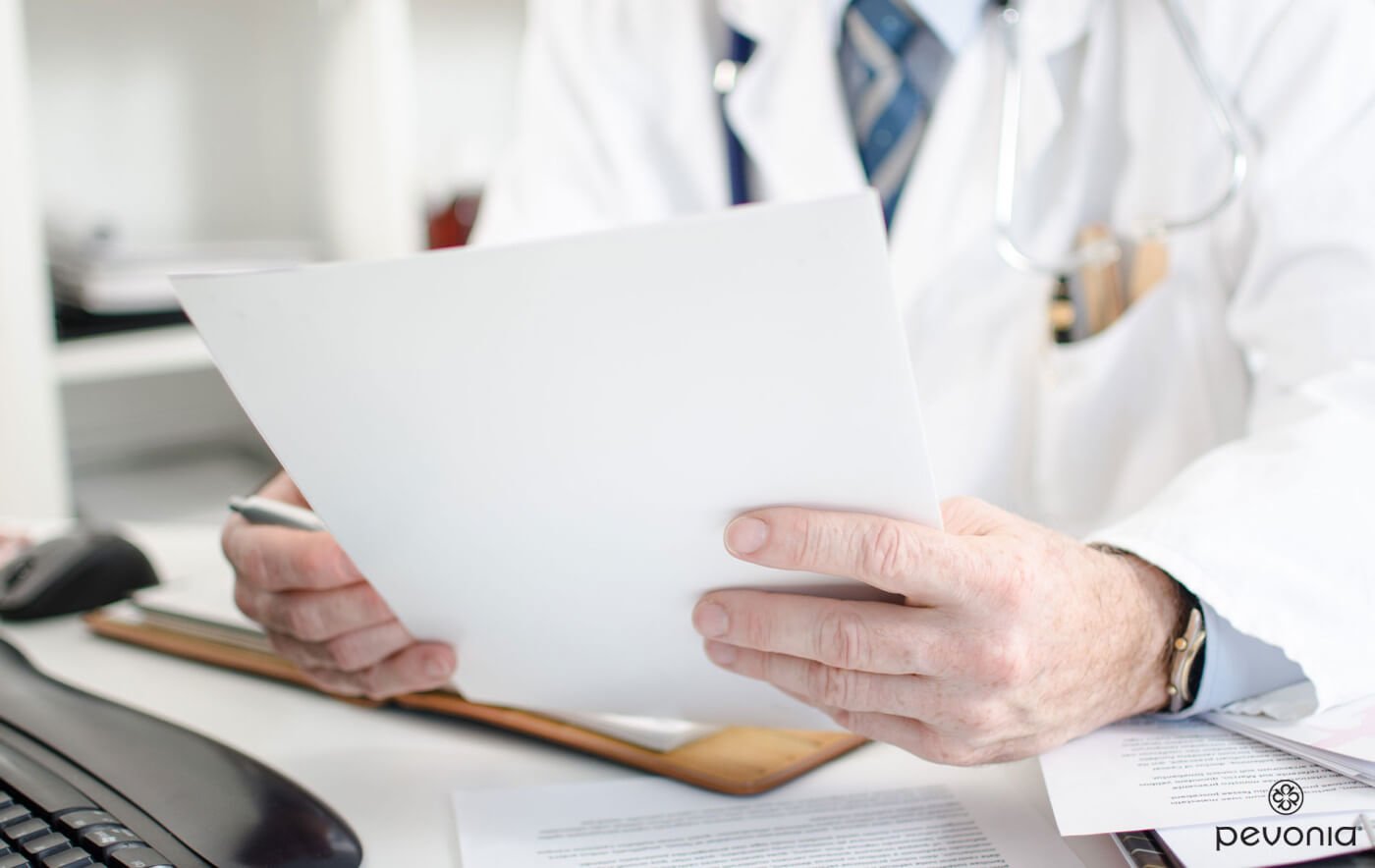
Ask The Doctor
Q: What is microinfusion? Are at home microinfusion devices safe?
A: This is an excellent question since these devices have been popping up all over social media. Microinfusion is a superficial skincare treatment that utilizes tiny needles and a stamping technique to penetrate the skin about 0.6 mm. It is an offshoot of microneedling, known as percutaneous collagen induction therapy, which involves needles that are used to trigger collagen production. What does microinfusion do? It creates channels that help drive serums into the skin with the idea of repairing the skin. Although seemingly similar to the needles on a microneedling roller, these needles are typically hollow, enabling them to “inject” the actives into the skin. The idea behind it makes sense in that the micro-wounds from the needles stimulate collagen production, helping skin look smoother and younger. However, the use of needles comes with safety concerns as it can open the skin to injury and infection. If the user is too vigorous with their stamping approach, they can go too deep and damage collagen, causing scarring. Also, people may misuse the device, be tempted to reuse the device or needles, or perform the treatment too often, causing inflammation.
Anytime the skin barrier is disrupted to this extent, the skin is vulnerable to environmental aggressors like dirt, pollutants, and various microorganisms. People with bleeding disorders or on blood thinners, diabetes, weakened immunity, eczema, cold sores or the herpes simplex virus, and acne-prone skin should avoid needling treatments. In addition, skins of color may experience hyperpigmentation. Due to these risks, many states prohibit estheticians from performing microneedling and require a tattoo, nurse, or physician license to render any treatment that punctures the skin. In addition, bacteria from your skin could potentially get into the needles and back into the serum and spread to other areas of your face. “How long does microinfusion last?” is another question I have been getting. That depends on several factors, including who is performing the treatment and the type of treatment. An at-home device will not yield the longer-lasting results of a professional-grade microneedling that can go up to 2.5mm or a depth of 600 microns and is rendered by a trained, licensed professional. The type of actives involved will also affect the results of the treatment.
For those who fear needles, there are needle-free ways to drive actives into the skin without risk of skin injury or infection. Pevonia uses careful ingredient selection, using those that are readily recognized and received by the skin, then employs advanced green technologies and delivery systems that help penetrate the actives in each ingredient focused formula into the skin. This modality is different from micro-oxygen infusion, which uses pressure to push air into the skin. These treatments were popular years ago, with advocates citing improved radiance, hydration, line, and acne reduction, but controversy arose due to a lack of science backed studies to support these findings. If you must try this out, patch test first to ensure you are not sensitive to the actives in the serum, and don’t reuse the needles.
Q: What is Asian flushing syndrome? Is it like rosacea flushing?
A: Asian flush, or alcohol flush, is not the same as rosacea flushing. A better question might be, “What is alcohol flush syndrome?” as it doesn’t exclusively occur in Asians. In fact, this visible flushing reaction occurs in all people lacking the enzyme to break up alcohol in the body. This trait is inherited, often from mothers, and affects about 30 to 50% of people from East Asia, including Chinese, Japanese, and Koreans, as well as Southeast Asians and Inuits. What is Asian flush caused by? It is due to a genetic deficiency of the Aldehyde Dehydrogenase 2 enzyme, which prevents alcohol from being adequately broken up, causing accumulation of toxic acetaldehyde with the telltale flushing and blotchiness on the face and body, including the ears, neck, and shoulders. Additional symptoms include asthma worsening, hives, increased heart rate, low blood pressure, migraine headaches, nausea, respiratory reactions (stuffiness, runny noses, sneezing, post-nasal drip), throbbing, redness, and general discomfort.
What is alcohol flush support? This support comes in the form of pills or supplements people can take to prevent the “Asian glow,” however, Asian flush should be taken seriously, as studies show it can increase the risk of esophageal cancer in people who have this condition yet continue to drink alcohol. In contrast, rosacea is a vascular disorder or rather a microcirculation disorder that primarily affects Caucasians of northern European and Celtic backgrounds – so there is a similarity between these two flushing conditions, with genetics playing a role in both. While rosacea is characterized by flushing and alcohol consumption over time can trigger “gin blossoms” on the nose and cheeks, rosacea is not caused by alcohol. The histamines and other pro-inflammatory substances in wine, for example, can trigger rosacea symptoms, not a lack of an enzyme. Aside from debates about officially what rosacea is caused by, elevated levels of a microscopic skin mite, the environment, medical conditions, stress, medications, harsh products or treatments, diet, strenuous exercise, obesity, free radical damage, aging, inflammation, and overactive immune systems are all involved in triggering symptoms. While abstinence from alcohol may be indicated, you can control flushing with natural skin care products featuring green tea to combat bacteria and neutralize free radicals, as well as calming ingredients like rose and chamomile, which also provide soothing aromatherapeutic properties.
